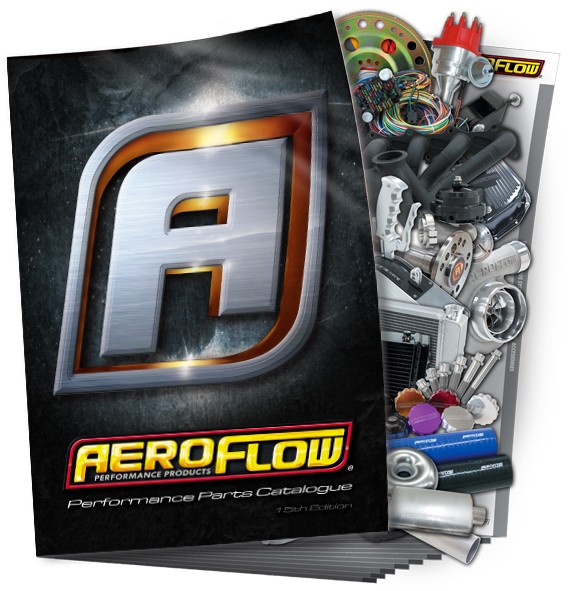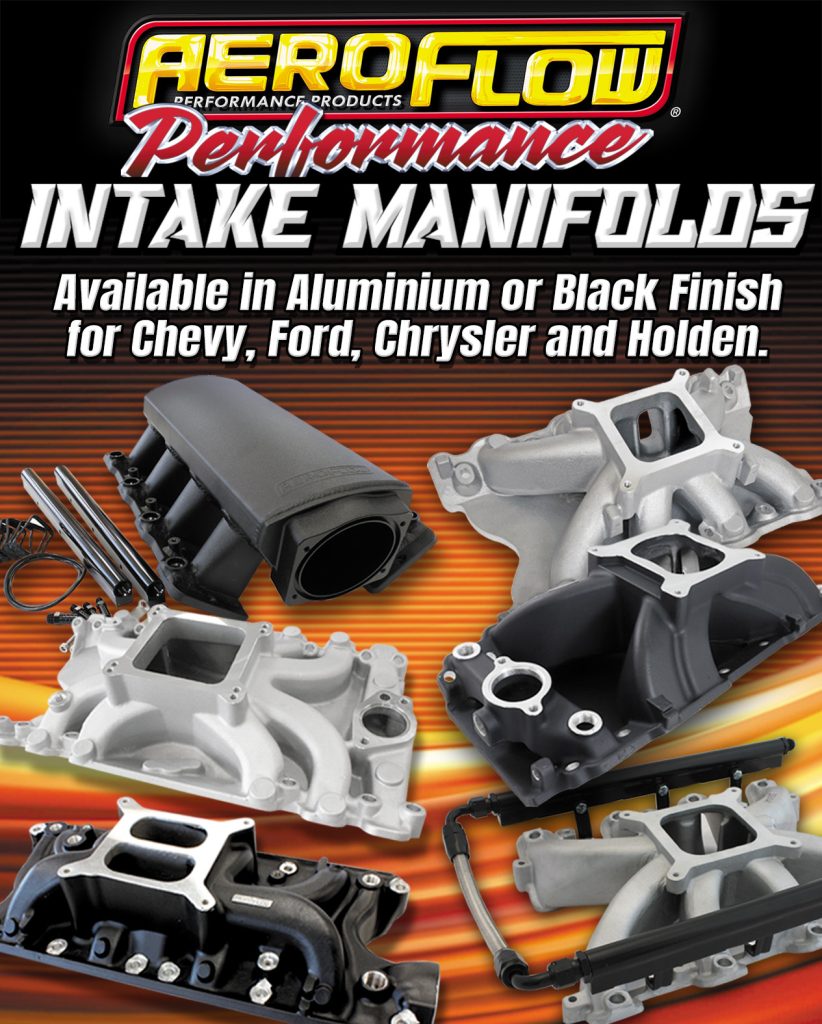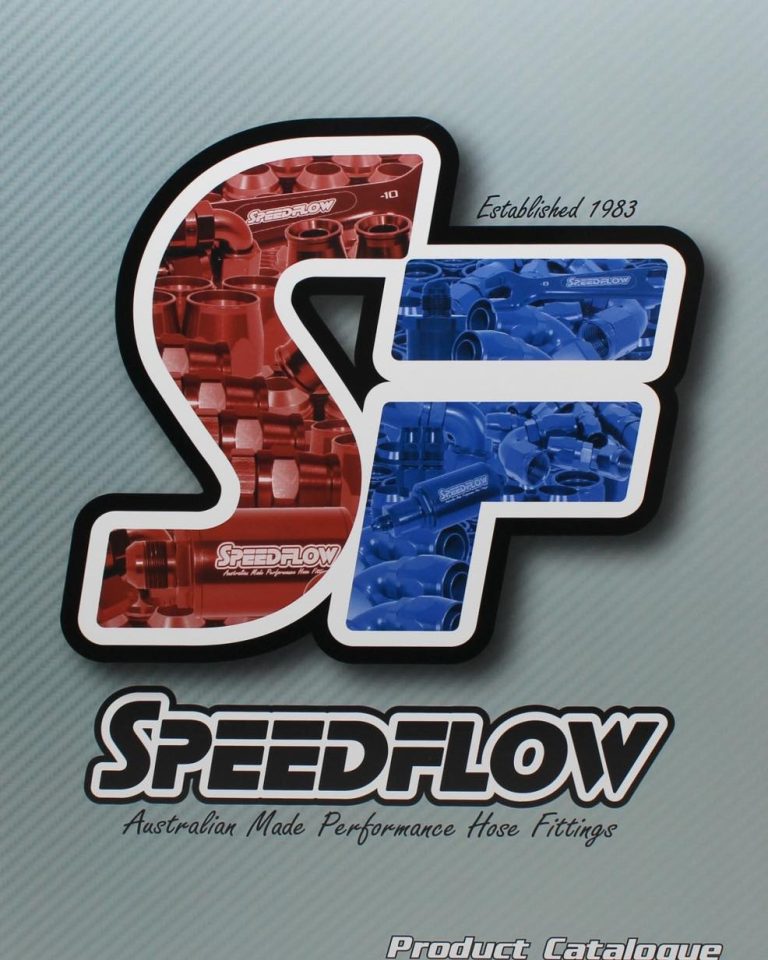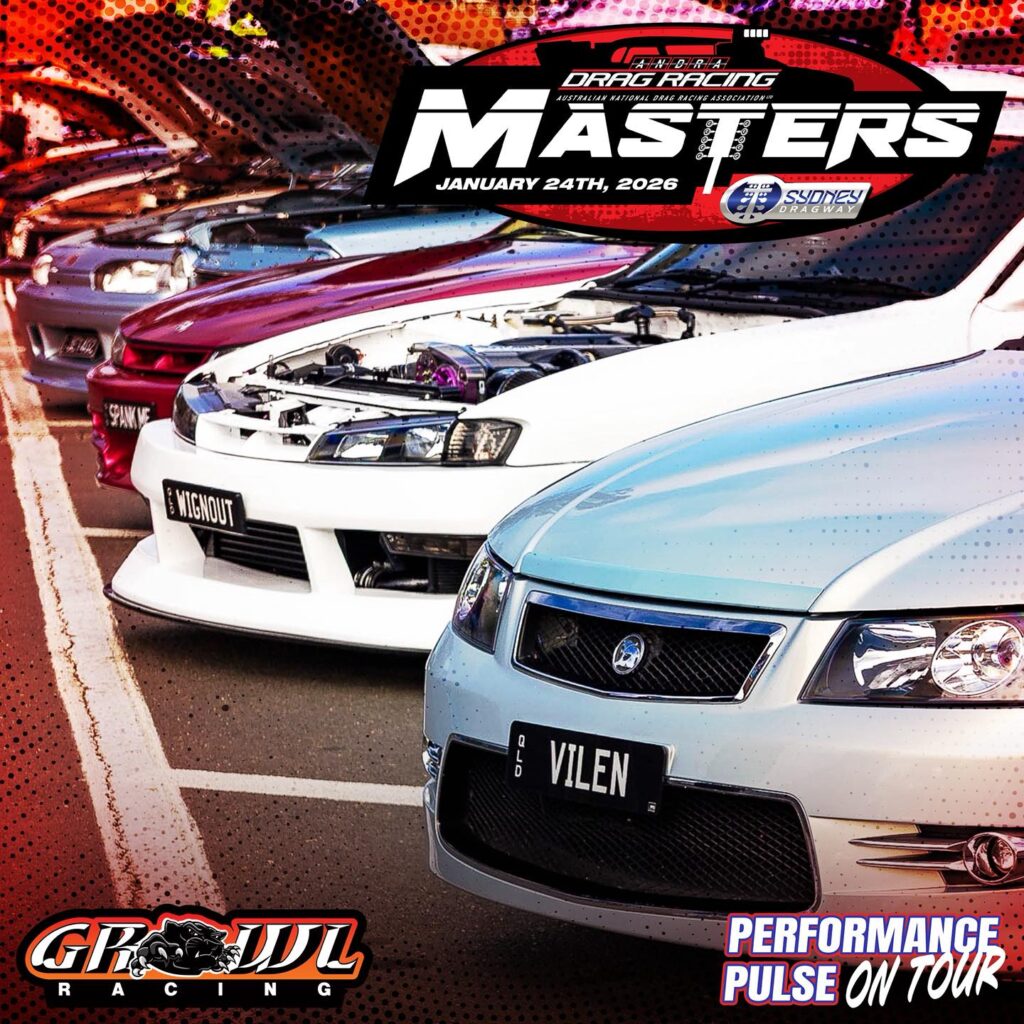
Innovation driven through need has been the defining trait of the Sainty family, a team that has near enough to three decades of Top Fuel experience. They wanted to be out there, badly, and with imagination and engineering brilliance they found ways to be on the track that no other active Top Fuel team in the world is capable of, or willing to do.
Sydney’s horsepower community knew of Stan Sainty a long time before he had his own dragster. He applied his talents to blown alcohol boat racing where, among many other achievements, he towed a water skier to a world record of 230.26kmh.

During the eighties, Sainty decided to build his own engine, believing the aluminium Chevs were not strong enough. Equipped with unusual dual overhead cam, four valves per cylinder and eight-bolt mains, there was no shortage of power on tap for those brave enough to put it on water. The first Sainty motors were genuinely handcrafted, without the modern CNC machines that now fill the workshops of billet manufacturers worldwide.
Stan’s son Terry took up hard-top drag racing in the meantime, and with the dangers of boat racing on Stan’s mind, the pair formulated plans to build a dragster. Eastern Creek Raceway’s opening in 1991 providing the perfect timing for the new endeavour.

The team used a plastic model of a dragster to construct a chassis and eagerly joined the ranks of Top Fuel, where they tried to learn how to make a motor happy on nitro. The early designs struggled on the vicious yellow fuel, and the motor later evolved to a three valve design to solve an ongoing problem with burnt valve seats. Around the same time, Stan’s brother Norm suggested a switch to billet aluminium.

The new motor, along with a new chassis, debuted in 1995 and proved a more consistent performer, getting the team into the low fives. It was a turning point for the Sainty family, and though they have faced their challenges since, their resolve has been unflappable.
Engineering tests are one thing, emotional tests another. There was no harder hit than when Stan passed away in 2017 from pancreatic cancer. Since the loss of Stan, there has been a different atmosphere in the pits. Terry said some days are harder than others, but he is helped by the reminders of his Dad’s presence at the track.
“It is definitely not the same without him there,” he said. “In a way it still feels like he is hovering in the pits when we are racing the car, sometimes you think he might be just around the corner or visiting someone in in the pits.”

Shortly before Stan’s passing the team received an updated chassis from Rapisarda Autosport International. The change in rail seems to have come with a new philosophy for their racing, as the team aims to perfect what they have. It was at the Gulf Western Oil Winternationals earlier this year that the first three second run from Sainty seemed like a real possibility. A personal best 4.020 at 288mph with a spectacular wheelstand signalled the performance that had been uncovered. Truth be told the power was always there, but Sainty and team have had to refine their overall package to turn themselves into contenders.
“That was a wild ride, I knew the front end was up and I couldn’t see Ashley (Sanford),” Sainty said. “All I remember thinking was ‘don’t lift, but if it gets any higher I’d better.’ I was just lucky that it sat the front end down nice and we got it there. I was a little bit worried after that run that it didn’t worry me, if that makes sense, almost like complacency. I thought to myself after that I would be more cautious.
“It’s an exciting thing when you beat a car first round, especially one as good as Santo’s cars. I was punching the air and so excited. After so many bad runs you forget that a good run happen.”
Sainty’s unique motor has come to a plateau of sorts; a better description would be a landing on a set of stairs. Right now it is in a good place and the focus has been firmly on refining the package as a whole.
“We are pretty happy with the engine; there might be a little bit in compression, more or less,” Sainty said. “Because our engine is overhead cam we don’t change the head gasket thickness in a hurry like the Hemi. If we change the head gasket that changes the camshaft timing, on a Hemi they just change the tappet clearance which they can set quick. We have to change nitro percentage on race day for the same effect, or pre-race day we can change the conrods or pistons.
“In some ways we run the car a little bit like they used to in the early to mid nineties, before the 90% rule, when they didn’t change the head gaskets a lot and focused on nitro percentage.”

It was in qualifying for East Coast Thunder at Sydney Dragway where everything came together for the Saintys and Terry roared down track for a 3.991 at 297.61mph. Meticulous preparation combined with the years of experience merged in perfect harmony for the glorious pass, which was met with a rousing response from a small but passionate Friday night crowd.
“The basic answer (on why we ran a three) is we fine tuned the clutch system and got fussy with the superchargers,” Sainty said. “We were knocking on the door at the Winternationals and it was a matter of keeping all the cylinders lit and making it all the way down.”
Sainty got some help from US supercharger wizard Darren Mayer with new cases, focused on improving the tolerances inside. The team has stepped up their service schedule with more regular stripping of the rotors to replace the teflon and nylatron strips, providing more consistent boost. The clutch program also received attention, with Sainty biting the bullet and investing in sets of new clutch plates.

“Back in the day with the clutches, Santo would give us plates and they were black and round and that was good enough for us,” he said. “Now we buy them new and we know the hardness and the aggression rate, and that gives us consistency where before we didn’t know what was going in.
“We’ve put some new clutch fingers in and made the clutch hat a bit nicer and the guys on my team are getting really careful with how they grind the clutch now, making sure they get it right. If you don’t know what (plates) you have in the clutch that changes everything with how the fingers move back and how the clutch applies.”
Sainty believed there was more to come from the engineering marvel that is the Sainty Billet Three Valve motor. The engine is finishing most runs in a happy way thanks to the new consistency of the tune up, and as far as Sainty is concerned that means the team are not yet pushing the limits.
“We ran the quickest we ever ran and then it was a bonus that all the spark plugs and pistons looked good, with no piston scuffing. We did break a cylinder liner that was floating up and down with the piston and it might have been hitting the counterweight on the crankshaft, but other than that it was perfect. That is telling us, in those conditions, we could have leaned on it some more, more timing or something.”
After the 3.99, a spectator arrived at the Sainty pit area to congratulate the team, and followed up by asking how much power the engine was now making.
“The most we have ever made,” Sainty replied. “I was really pleased, all the guy and girls did a great job, and our crew chief Mark Shepherd did a fantastic job of tuning the car for the conditions.”

With three seconds now ticked off, 300mph awaits. The benchmark is one the team has not yet crossed, including on the quarter mile. Even a stint driving a Rapisarda Autosport International dragster in the USA didn’t give Sainty the much-desired time card.
“You’d have to think that is the next target,” he said. “Years ago we ran 298mph on the quarter mile and when I drove for Santo I think I ran 297 or something. It would be nice to tick that box.”
The commitment of the Sainty family to the three valve concept is admirable, but Terry admitted there had been times when it seemed too hard.
“Sometimes we’d be driving back from Willowbank with everything blown up, it’s a downer,” he said. “I’d be lying if I said I didn’t think about it (going to a Hemi Top Fuel motor). I guess it is a Sainty perseverance thing with my Dad and Uncle Norm; they never gave up. It is probably driven from their boat racing days when they couldn’t afford to buy what everyone else was running so they started tinkering. The machinery at the workshop was used for hobby things, then it became useful for job things, and it has evolved like that.”
There was one period where the team was so concerned about the motor that side mirrors were installed on the dragster so Terry could see what was happening behind him and get out of the throttle if he saw too much carnage! Fortunately those days seem to be largely behind the team. With the performances seen recently, perhaps these will be the golden years of the Sainty drag racing dynasty, and there’s a lot of Australian drag racing fans hoping so.
“We only have a set amount of parts and we are faced with decisions. Do you slide down or lean on it? We are leaning on it. When we did the personal best we had a lot of positive feedback from people and I think we have got a fanbase who don’t mind the underdog thing. A lot of people thought it was fantastic.
“We still put kids in the car, we want to get young people involved. For us the big thing is when you are in the pits, people can come in and touch the cylinder head – there are no secrets. Our pit is very open and people love that, because you can watch racing on the internet but you can’t beat walking right up to the car and seeing and feeling it. People are really interested, they will look to see how good the oil is when it comes out, examine the pistons, they can see exactly how we performed mechanically.
“We are doing the best we can with what we got. Gulf Western Oil, Eagle Leads and Speedflow help us greatly and where we can, we use as many Australian parts as possible which is pretty cool.
“For us it is all about family, it is all my kids have ever known. From the time they were babies they were taken to the race track. My mum Marg, my wife Belinda, my daughter Madeline and my son Morgan are all heavily involved and I couldn’t do it without them. A lot of the crew have been involved for 30 years or more so they are like family too.”















